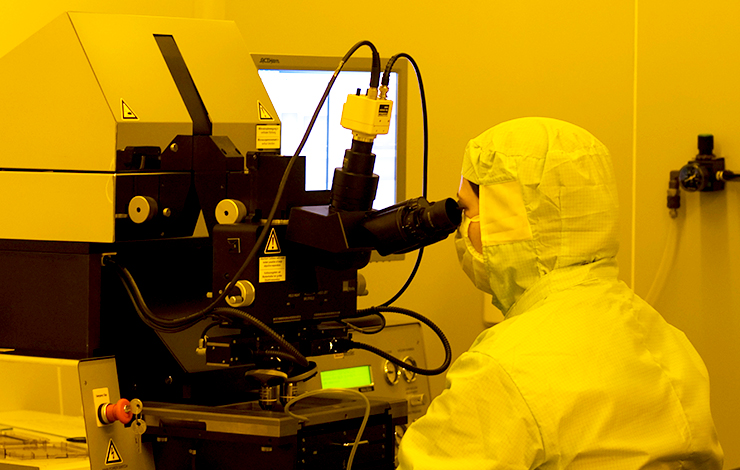


Experimental quantification of useful and parasitic absorption of light in plasmon-enhanced thin silicon films for solar cells application
| Title | Experimental quantification of useful and parasitic absorption of light in plasmon-enhanced thin silicon films for solar cells application |
| Publication Type | Journal Article |
| Year of Publication | 2016 |
| Authors | b Morawiec S a, Holovský J c, d Mendes MJ a, Müller M c, Ganzerová K c, Vetushka A c, Ledinský M c, b e Priolo F a, Fejfar A c, f Crupi I a |
| Journal | Scientific Reports |
| Volume | 6 |
| ISSN | 20452322 |
| Abstract | A combination of photocurrent and photothermal spectroscopic techniques is applied to experimentally quantify the useful and parasitic absorption of light in thin hydrogenated microcrystalline silicon (μc-Si:H) films incorporating optimized metal nanoparticle arrays, located at the rear surface, for improved light trapping via resonant plasmonic scattering. The photothermal technique accounts for the total absorptance and the photocurrent signal accounts only for the photons absorbed in the μc-Si:H layer (useful absorptance); therefore, the method allows for independent quantification of the useful and parasitic absorptance of the plasmonic (or any other) light trapping structure. We demonstrate that with a 0.9 μm thick absorber layer the optical losses related to the plasmonic light trapping in the whole structure are insignificant below 730 nm, above which they increase rapidly with increasing illumination wavelength. An average useful absorption of 43% and an average parasitic absorption of 19% over 400-1100 nm wavelength range is measured for μc-Si:H films deposited on optimized self-assembled Ag nanoparticles coupled with a flat mirror (plasmonic back reflector). For this sample, we demonstrate a significant broadband enhancement of the useful absorption resulting in the achievement of 91% of the maximum theoretical Lambertian limit of absorption. |
| URL | https://www.scopus.com/inward/record.uri?eid=2-s2.0-84960171786&doi=10.1038%2fsrep22481&partnerID=40&md5=627eb3c0b2936af64aa30927db498db5 |
| DOI | 10.1038/srep22481 |








